Meta Quest 3S review: The best affordable VR headset
A superb option for those looking to spend less on virtual reality

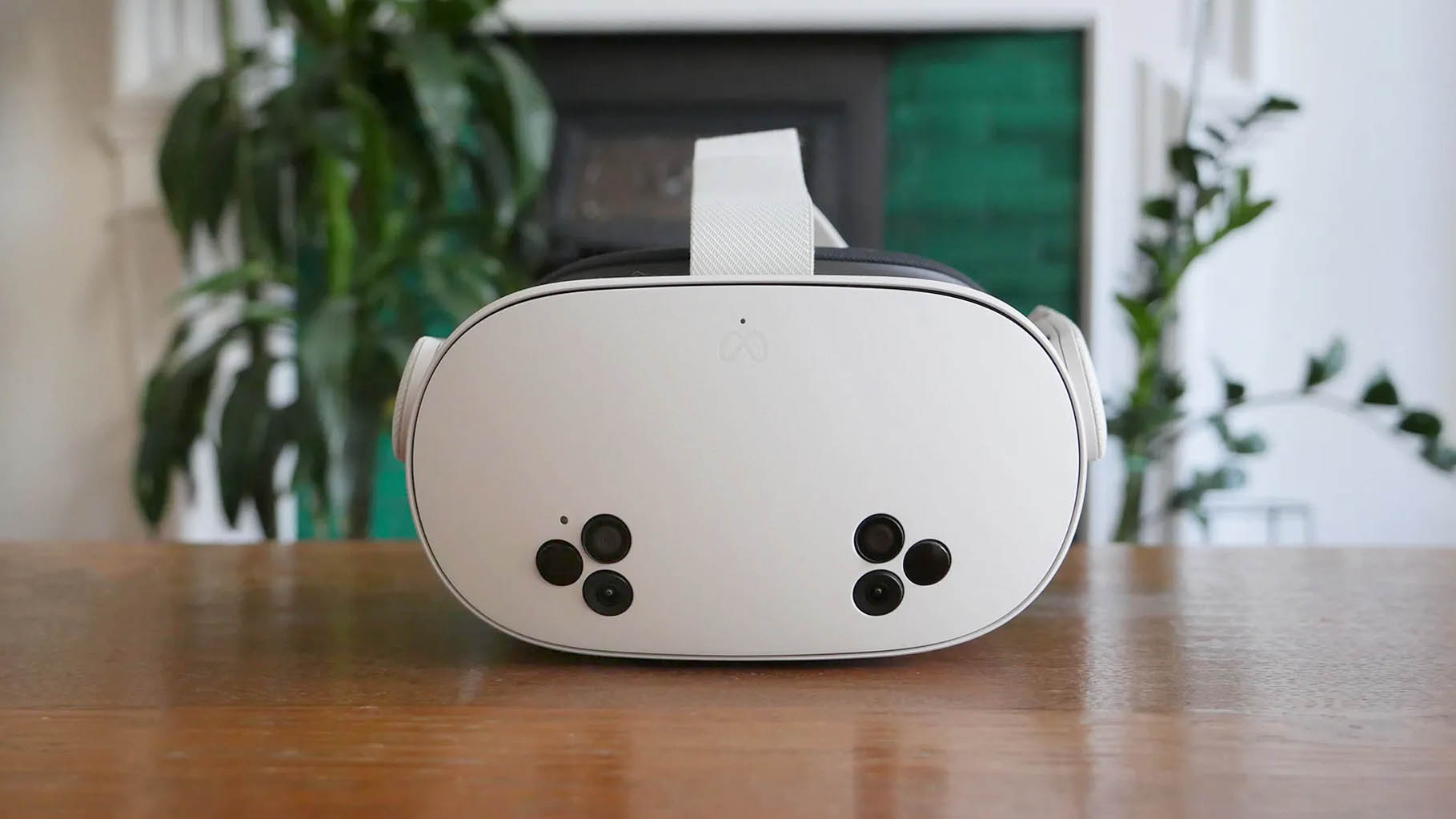
If you want to dip your toes into some virtual reality (VR) for the first time, or it's been a while since you last tried it, the Quest 3S is a brilliant option. Its price makes it the perfect way to refrain from big-budget spending, but it still has almost all the newest features that you're likely to want. Meta knocked it out of the park here!
-
+
Lightweight design
-
+
So easy to setup and use
-
+
Impressive range of features
-
-
Sharper resolutions on the Quest 3
-
-
Quest Link cable remains a furiously overpriced extra
Why you can trust T3

When Meta unveiled the Quest 3, it did so to a little bit of pushback, because of the price hike that came with that new virtual reality (VR) headset – which otherwise undeniably made some big strides forward in many areas. That new price meant that to satisfy those looking for a more affordable entry into VR, older hardware still beckoned.
So, a good while later, we got the Quest 3S, on review here, which is transparently Meta's way of offering a cut-price option for those with lower budgets, missing out some of the bells and whistles of its more expensive sibling. Thanks to some smart shortcuts, though, it feels like a terrific bit of value if you're not a huge VR aficionado – and certainly one of the best VR headsets on the market.
How much does Meta Quest 3S cost?
The Quest 3S's full retail price comes in at £289.99 / $299.99 / AU$499.99 for the 128GB version, or £379.99 / $399.99 / AU$669.99 for the 256GB model. Already, though, a short while after its release in October 2024, we're seeing that price routinely come down by single-digit percentages.
Expect it to be the sort of headset that features heavily in sales periods like Black Friday for the next few years, since it's already aimed at those looking to spend less on their headset of choice. Check out the shopping widget embedded above on this page for up-to-the-minute pricing and offers.
What does Meta Quest 3S miss out on?
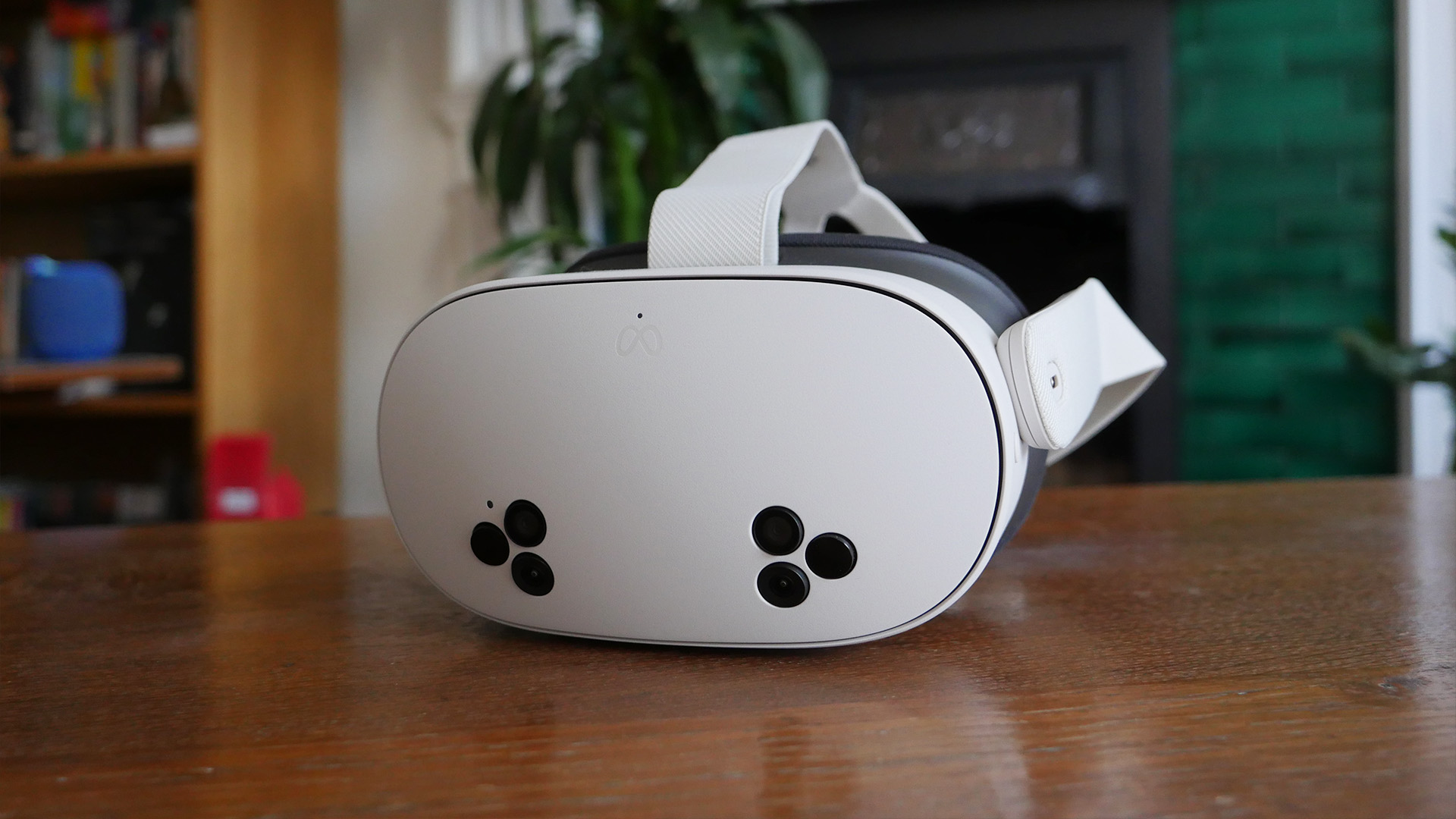
I've already underscored this a couple of times, but it's worth reiterating that the Quest 3S, as its 'S' name suggests, is very much a cut-price version of the Meta Quest 3. This means its specs and features can't really exist outside of comparisons to that more expensive and older headset.
So, to get one of the biggest headline changes out of the way, the Quest 3S uses one LCD display that outputs at a resolution of 1832 x 1920 pixels per eye. That's a jump down from the Quest 3's 2064 x 2208 pixels per eye, which means you can't expect the same sharpness. Its lenses are also downgraded, using older Fresnel technology instead of the newer and better pancake lenses that the Quest 3 boasts.
This impacts on the Quest 3S' field of view (FOV), which comes in at 96 degrees horizontal and 90 degrees vertical. The Quest 3 manages a better 110 degrees horizontal and 96 degrees vertical.
Finally, the Quest 3S has a refresh rate that stays at 120Hz, compared to the Quest 3's ability to swap between 72Hz, 80Hz, 90Hz and 120Hz as needed.
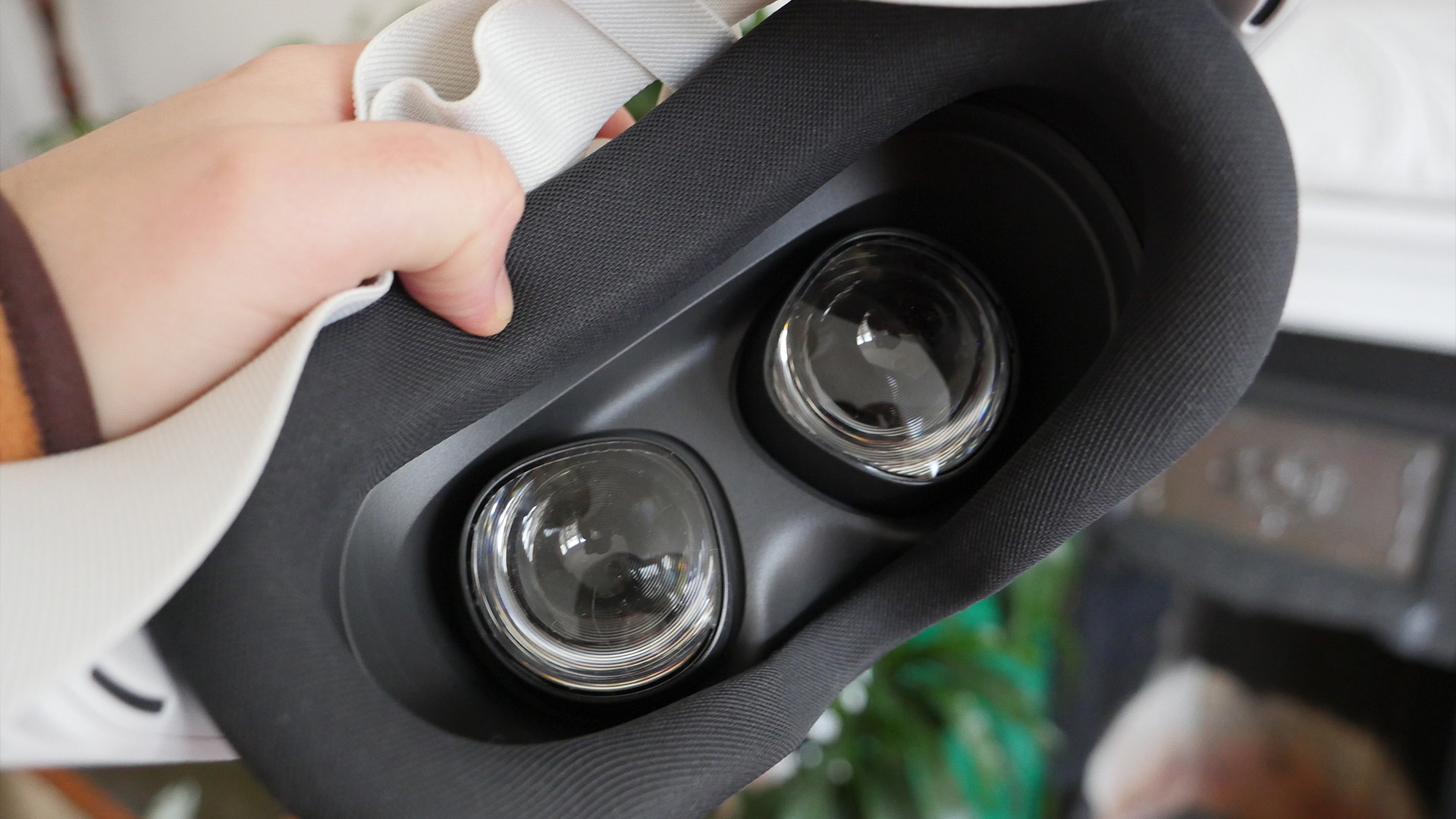
However, beyond that and some cosmetic changes that I'll get to shortly, there are a bunch of similarities that are super important. The biggest is that the Quest 3S matches the Quest 3's chipset – they both use the Qualcomm Snapdragon XR2 Gen 2 – meaning they have access to all the same apps and games.
Both headsets therefore also have very comparable battery life – the Quest 3S is slightly better at two-and-a-half hours on a charge. It also has the much-vaunted passthrough video improvements, in full colour, and therefore has mixed-reality (MR) chops as well as sealed-off VR options.
This means that the Quest 3S looks on the spec sheet like a really cleverly designed step-down option. It offers all the same experiences you could get on the Quest 3, with corners cut that many people won't notice unless they do a direct comparison in person. Both headsets also use the exact same controllers, which makes this impression all the more persuasive.
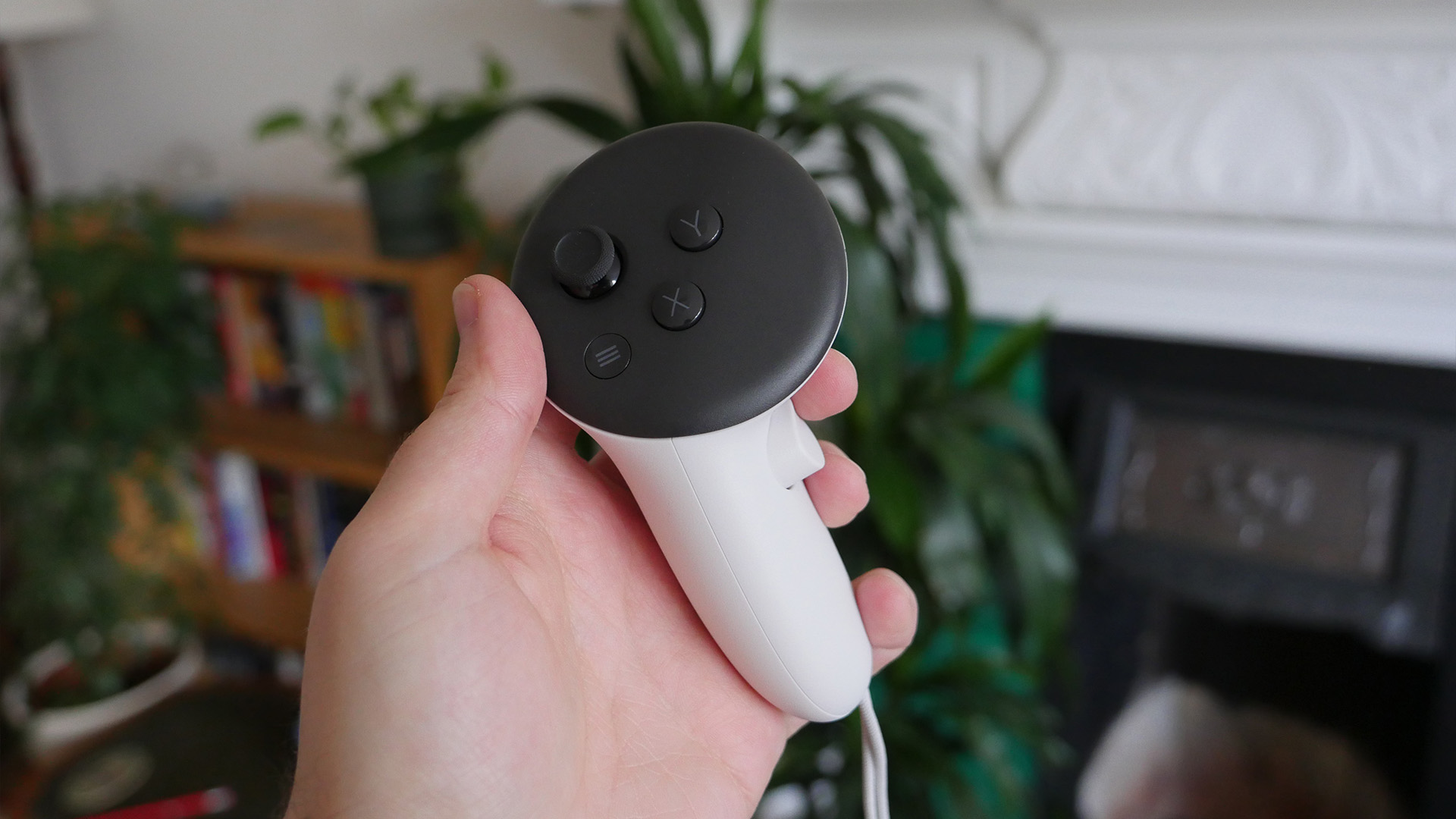
The Quest 3 runs Meta's Horizon OS, which is easy to move around in and navigate, and setting it up for the first time is straightforward using the companion app. You have to create a Meta account to do so, but this no longer needs to be linked to a Facebook account – phew – which is a major relief for data privacy's sake for many people.
The headset can also be used wirelessly to access native experiences and games, but it also lets you tether to a gaming PC if you want to power more graphically intensive options. This can be done using Wi-Fi if you have a really robust network but, in most cases, a link cable will be much more stable. It's a shame that Meta's own Quest Link cable is still outrageously overpriced at £89.99 / $79.99 – see the shopping widget below for the best current pricing – which is many multiples of some third-party options.
Is Meta Quest 3S actually comfortable?
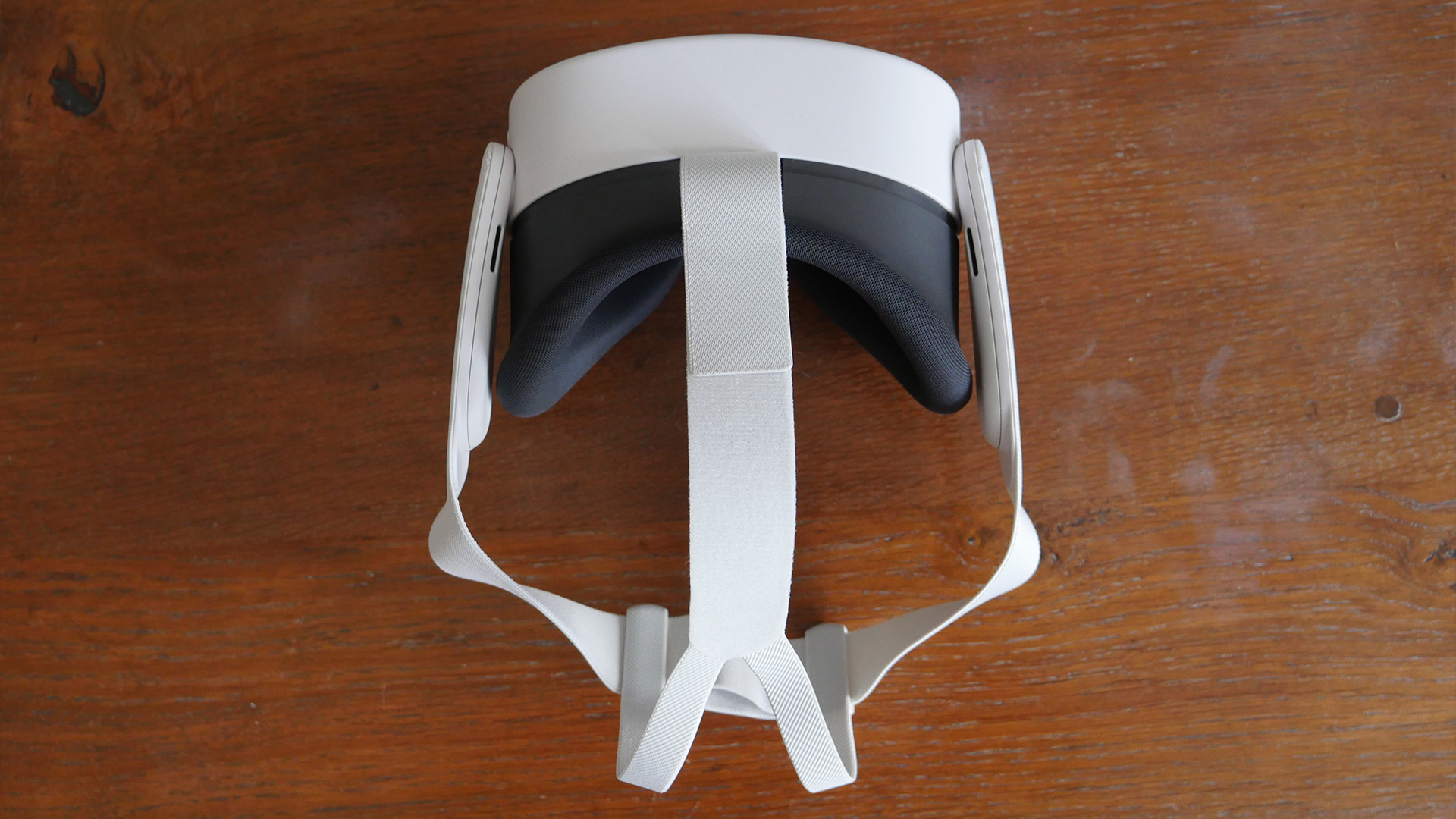
The Meta Quest 3S' looks are very easy to trace if you've been observing Meta's design language over the last couple of Quest headsets. In fact, side by side next to the Quest 3 it's unbelievably similar, with the main obvious difference being how it arranges its passthrough lenses.
Rather than the Quest's 3 cartoon-eyes-like cutouts, the S has just two groupings of cameras and sensors – and, therefore, actually looks a bit stealthier (despite the white design). It's also slightly less rounded than the Quest 3 in a few places, with a boxier build that's closer to the Quest 2.
Still, it's impressively small and light, at 514g, and has a well-made head-strap that lets you clamp it quite tightly to your head and face if so desired. Getting it to fit well isn't too hard, although it does take some fiddling the first time you wear it. There's an included glasses spacer in case you find your specs are jammed in a little tightly, too, and it's easy to clip in place.
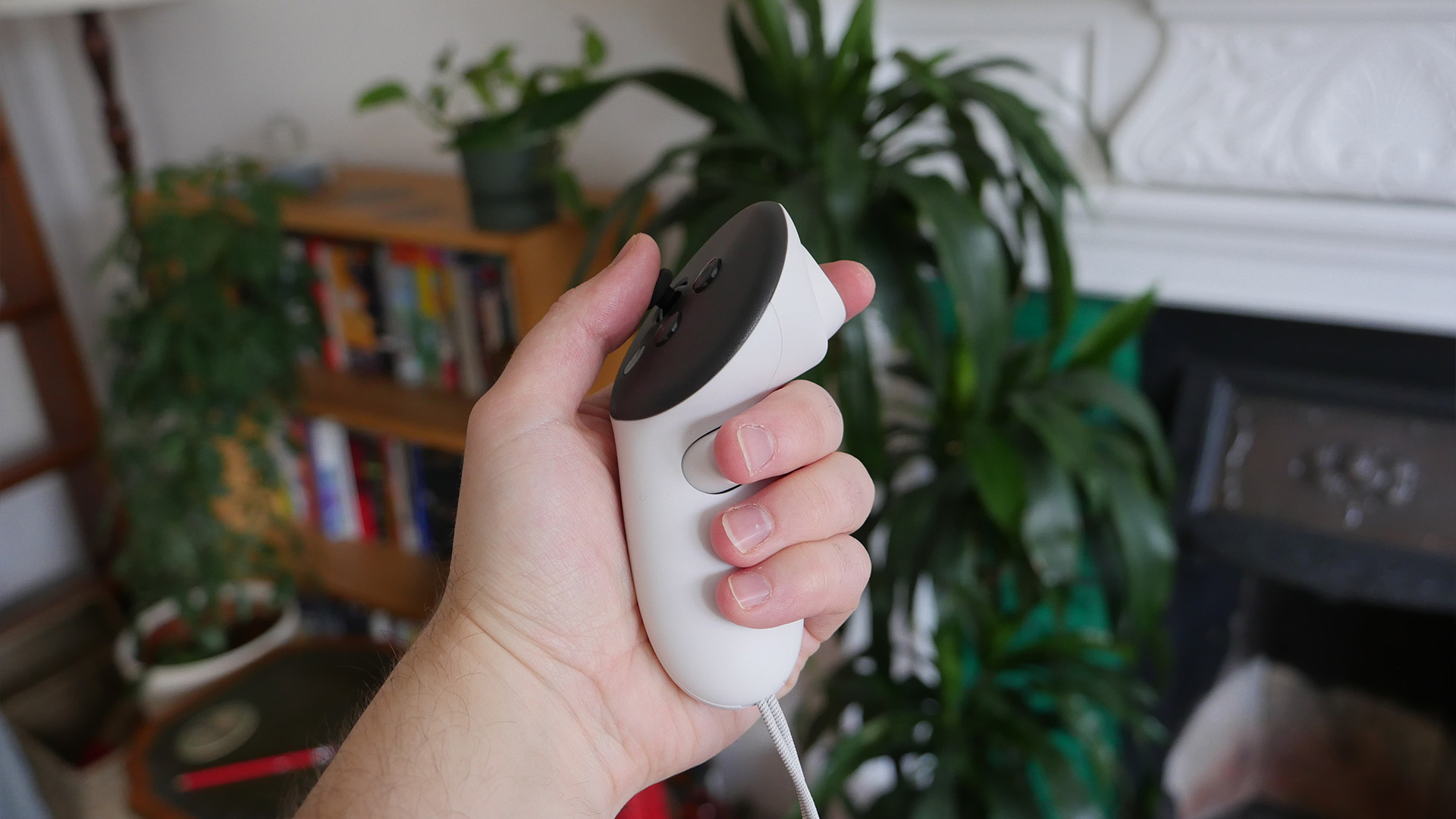
The cushioning on the front of the headset's face rest is soft enough to make a difference, although I did find it was hard to eliminate a little light-bleed around my nose, which was a tiny annoyance at times. Your tolerance for long VR sessions will likely build up the more you use the headset, but it's fair to say that those who've never used one might find they're a little tired of the weight after 45 minutes or so. That's hardly an issue specific to the Quest 3S, though.
The two motion controllers included in the box are easy to grip and really well-designed. They have sensibly arranged buttons and triggers, and the way they get extra information (like battery status) when you look at them in VR is really smart. The headset additionally supports hand-tracking right out of the box, so they're optional if you prefer to just use your hands.
Is Meta Quest 3S good for gaming?
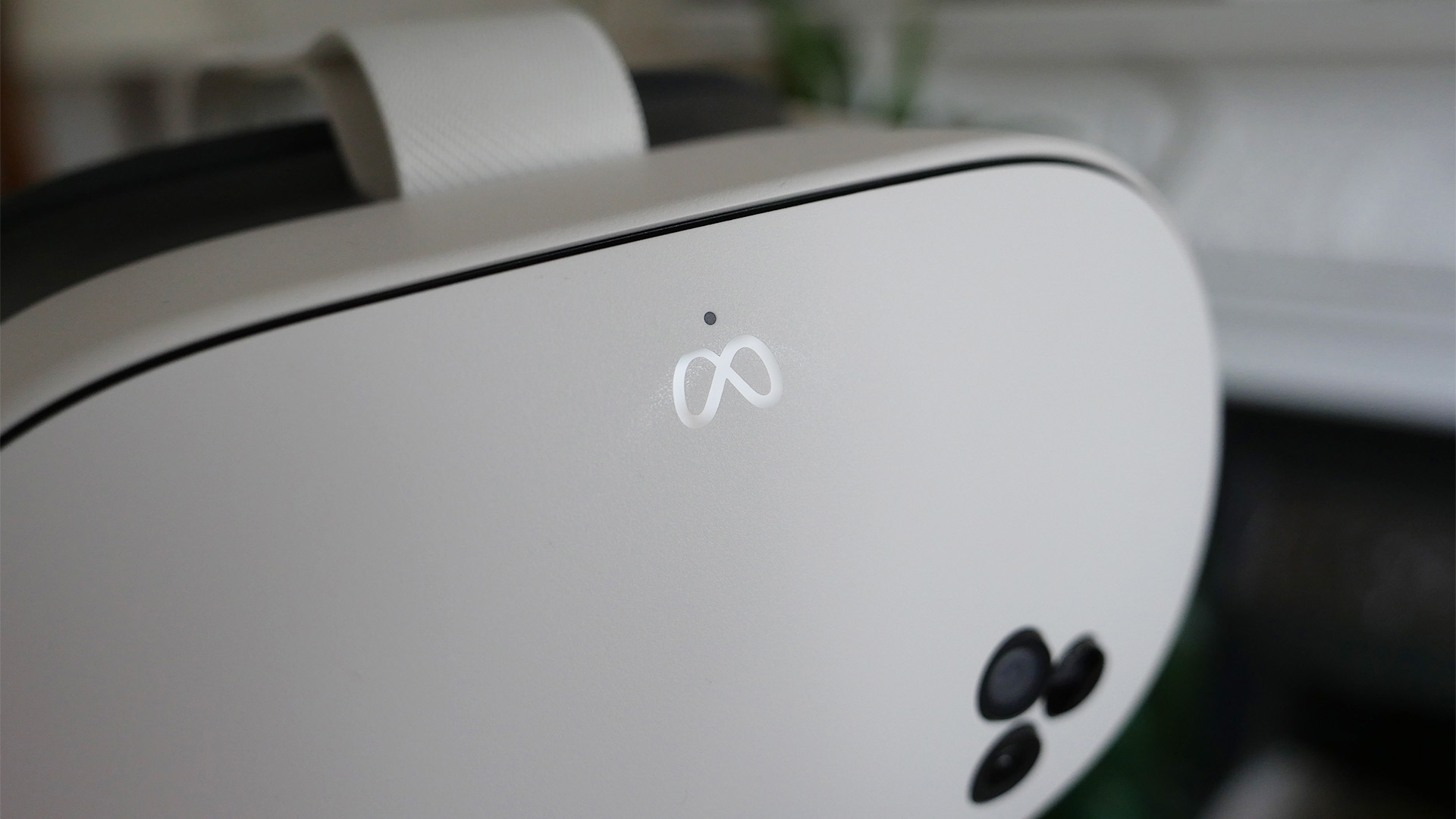
I've mentioned it already, but if you haven't used a VR headset in a few years, or you're used to almost any older model, the biggest transformational leap you'll notice when slipping on the Quest 3S is its passthrough video. Gone is the black and white of old, replaced with impressively crisp colour video.
There's little to no perceptible lag, and it makes a huge difference to the usability in my experience. This also means that a whole heap of new mixed-reality experiences are viable for the first time, so you can seek many of those out if you like.
The headset's resolution is undeniably dented compared to the Quest 3, though, so those hoping for tip-top clarity will have to accept that shortcoming. I think it's fair enough given the price decrease, but it's noticeable if you compare them (or use another fancier headset). Another miss here is lenses that can automatically adjust for the distance between your eyes, swapped out for a manual system that can be a little fiddly and can leave you second-guessing yourself.
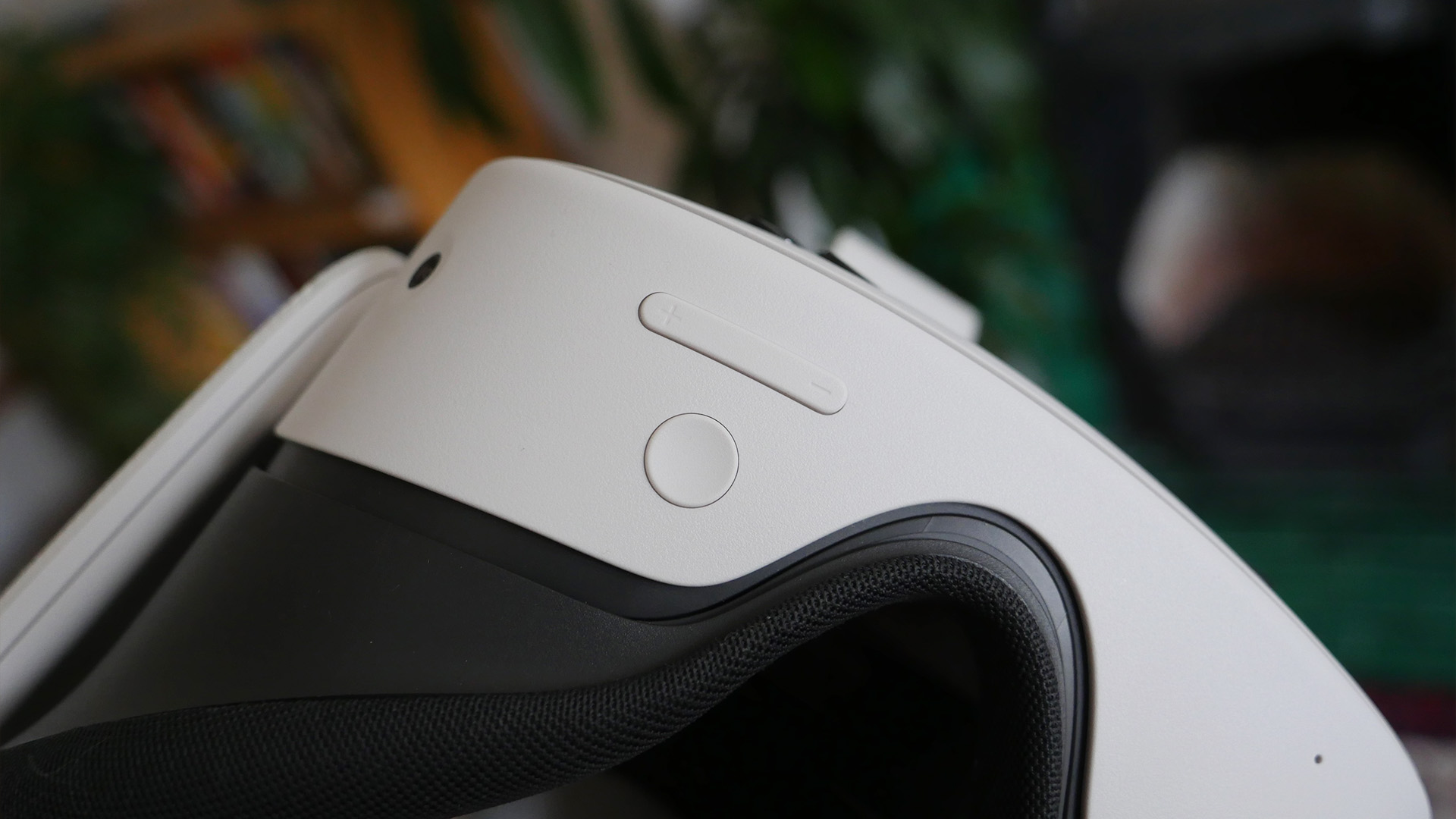
Once you have things working right for you, though, the Meta Quest 3S is very impressive. For one thing, Meta's Horizon OS continues to be extremely straightforward to navigate around, with the sort of tutorials that make it easy for VR newbies to get bedded in. Despite that apparent resolution dip, it's also really crisp and easy to read in almost any situation.
Meta's store has an enviable array of apps and games, which puts the likes of the Viveport store to shame. This means that modern classics like Beat Saber and Superhot VR can easily be bought and played right on your headset, while the excellent and still quite new Batman Arkham Shadow is bundled with the headset in many cases, as a superb showcase.
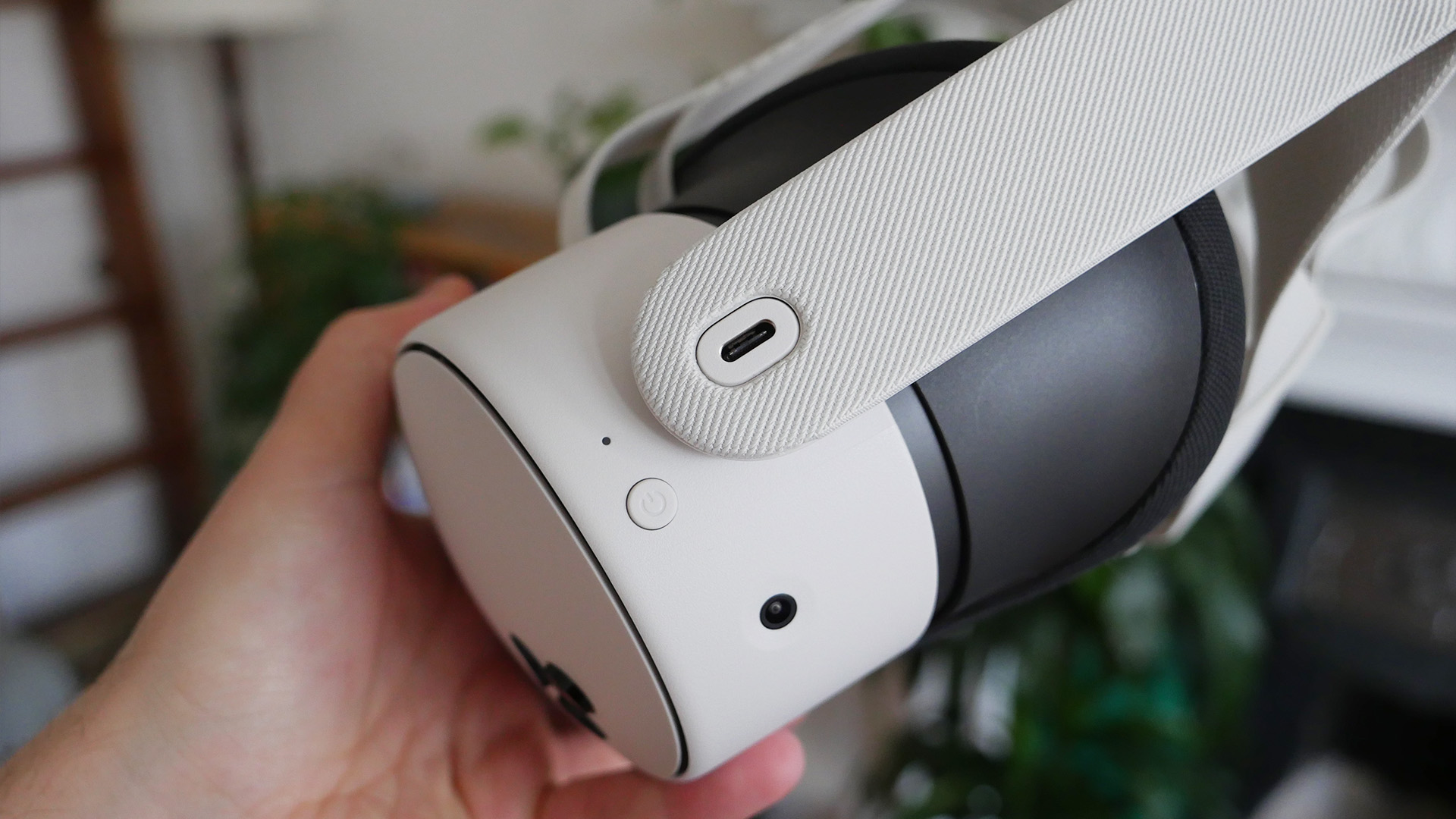
Of course, you might also have VR movies to watch, or social spaces to hang out in, and this all works nicely, too. Meta pushes Horizon Worlds on you quite hard, but that's the sort of shared app that only really thrives if you have friends willing to populate it with you – its metaverse push still looks like a risky one, even years later, in my view.
The graphical capabilities of the headset, to put it briefly, are quite impressive given its compact size, although they can't push anything to ruffle the feathers of a dedicated PC VR gamer (or indeed someone using PSVR2). Tether your headset, and you'll see a massive upgrade, depending on your rig, but this is very much a stretch goal if you decide that you love VR gaming. The capabilities of the Quest 3S when free and in its own right are still really impressive.
Meta Quest 3S review: Verdict
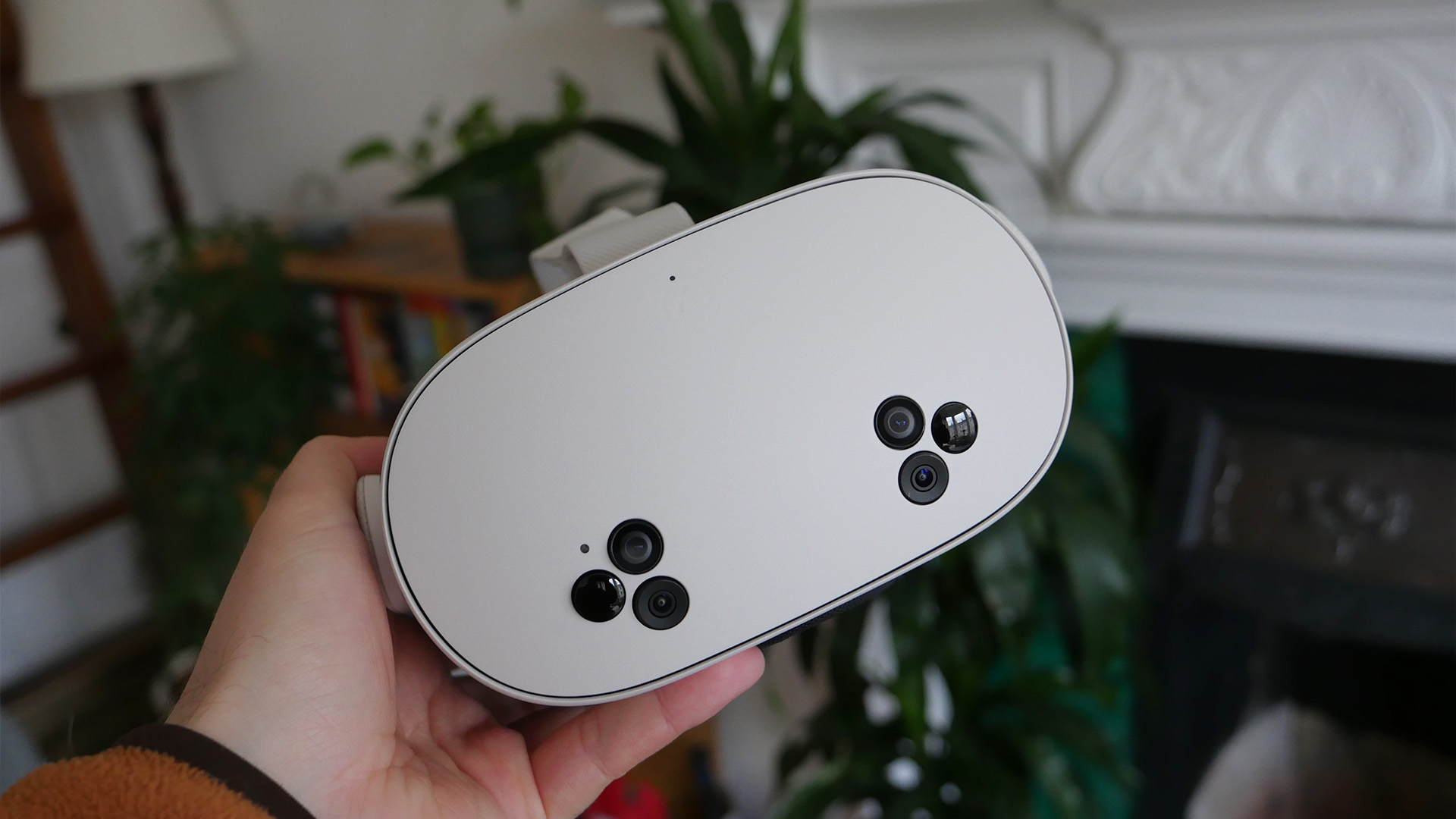
The Meta Quest 3S does exactly what it says on the tin – you get a more affordable entry-level VR headset that still manages to match its pricier sibling in many ways. The corners that Meta has cut to bring that cost down are visible, but they're also very acceptable in pretty much every case.
That might not make it a VR silver bullet for everyone, of course, with the same old bugbears of potential motion sickness and headaches. If you're looking to get on board with virtual reality, though, this feels like an incredibly sensible new jumping-in point. Meta knocked it out of the park here!
Also consider
There's one obvious step-up option if you're in the market for a VR headset and don't mind spending a little more – the Quest 3. It's older, but that doesn't stop it from outperforming the Quest 3S in some key ways. The biggest are its better resolution and depth sensing, so if you see it reduced at all it's a great buy.
If you're a gamer without a monstrous PC rig, you might instead opt for PlayStation VR2, which enables some terrific VR games on your PS5. Its software support hasn't been as robust as I'd like, but it's still a brilliant way to game in higher fidelity than the Quest 3S can possibly match.
Sign up to the T3 newsletter for smarter living straight to your inbox
Get all the latest news, reviews, deals and buying guides on gorgeous tech, home and active products from the T3 experts

Max is T3's Staff Writer for the Tech section – with years of experience reporting on tech and entertainment. He's also a gaming expert, both with the games themselves and in testing accessories and consoles, having previously flexed that expertise at Pocket-lint as a features editor.
You must confirm your public display name before commenting
Please logout and then login again, you will then be prompted to enter your display name.
-
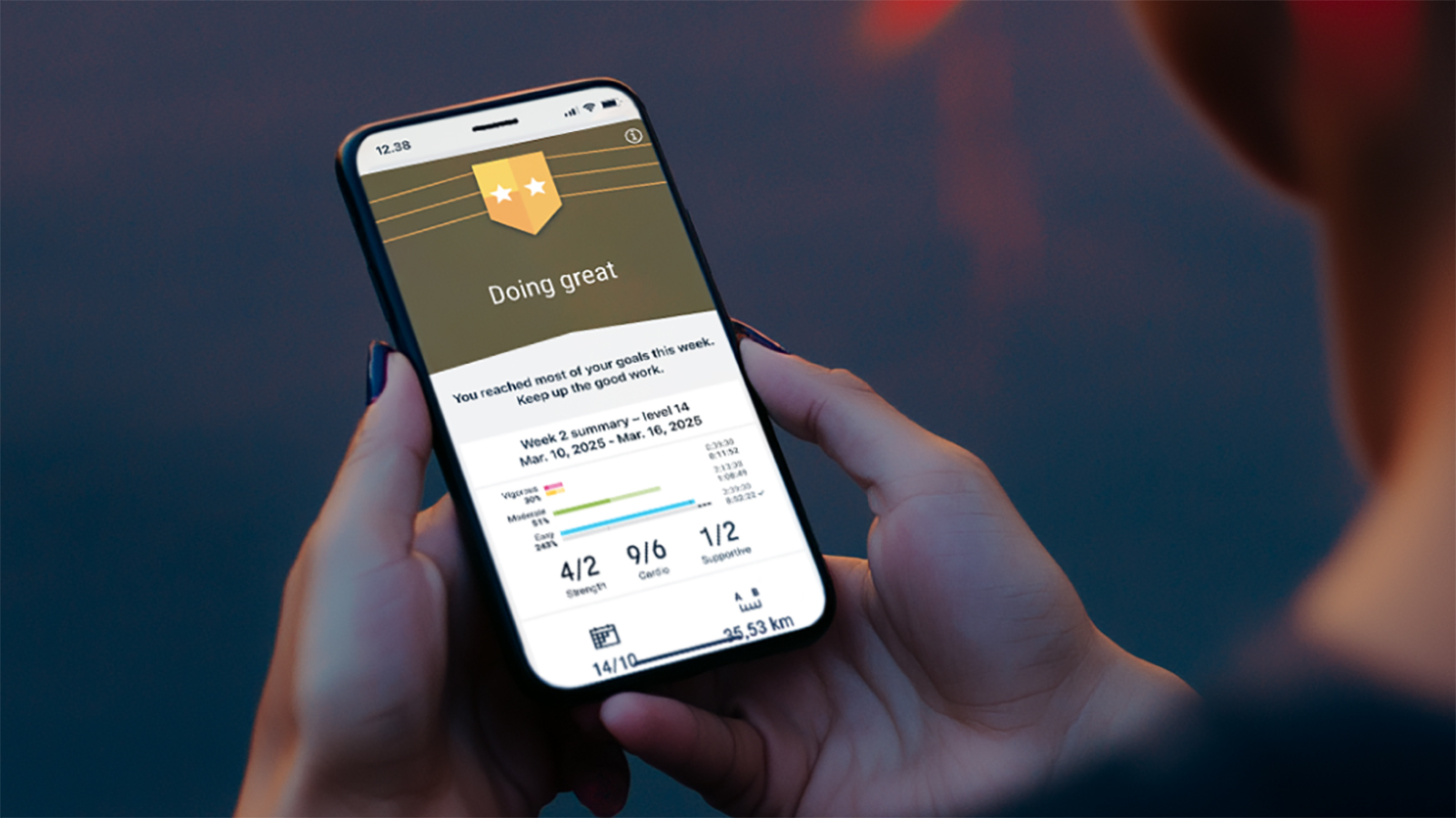 Polar’s new subscription feature lands in the shadow of Garmin’s Connect+ rollout
Polar’s new subscription feature lands in the shadow of Garmin’s Connect+ rolloutPR genius or timing disaster? Polar’s new Fitness Programme adds adaptive training to its ecosystem
By Matt Kollat Published
-
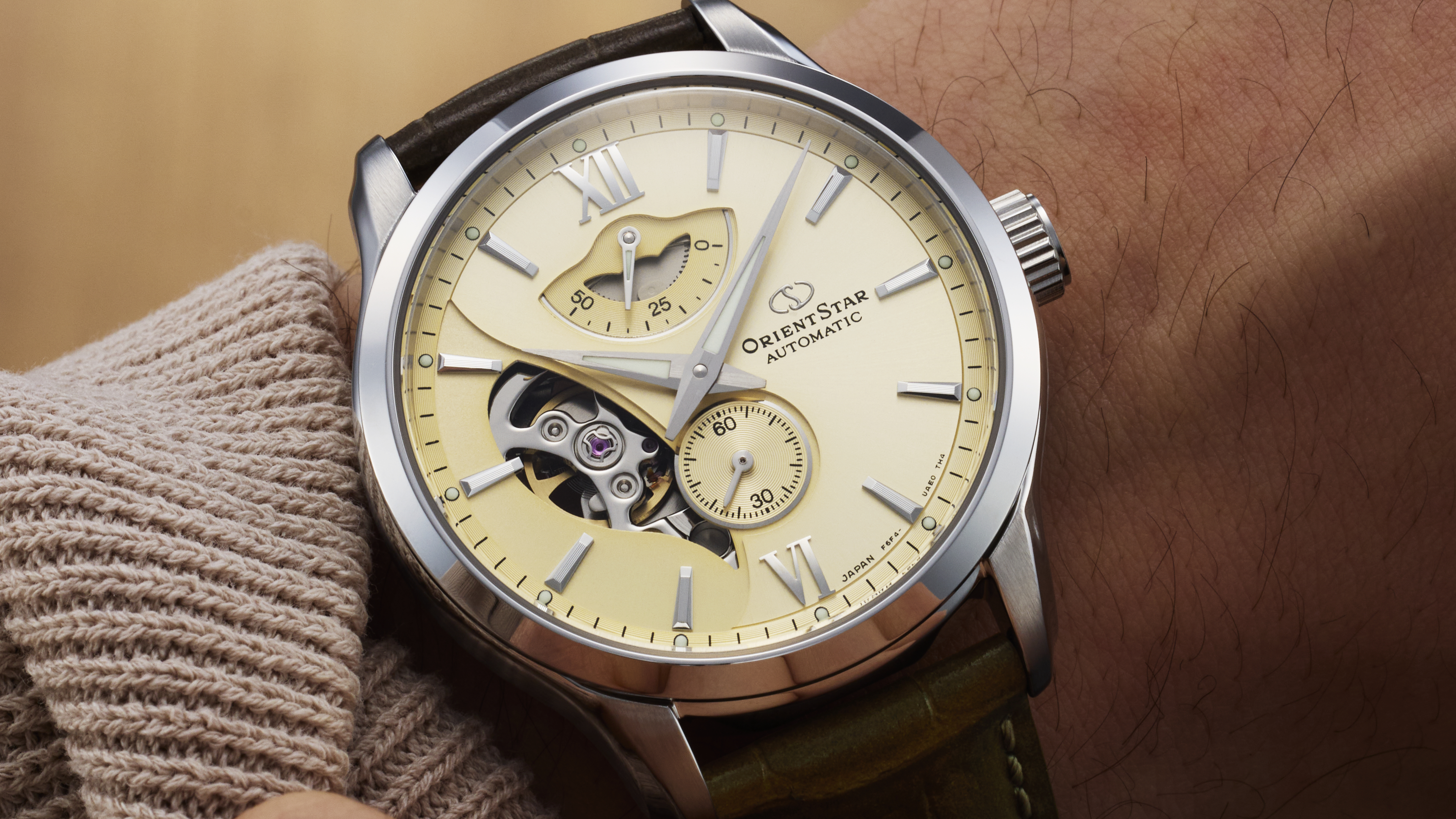 New Orient Star watches offer a glimpse of the magic within
New Orient Star watches offer a glimpse of the magic withinThere are two new skeleton pieces
By Sam Cross Published
-
 Netflix's most surprising 100%-rated sci-fi series returns with gorgeous trailer
Netflix's most surprising 100%-rated sci-fi series returns with gorgeous trailerLove Death + Robots is back for more
By Max Freeman-Mills Published